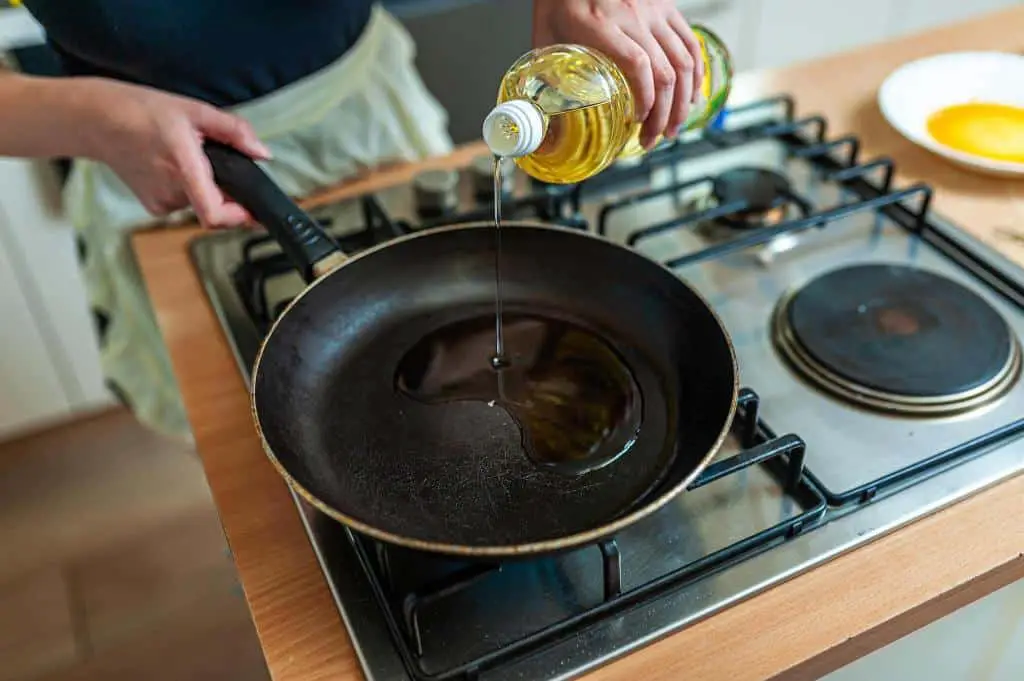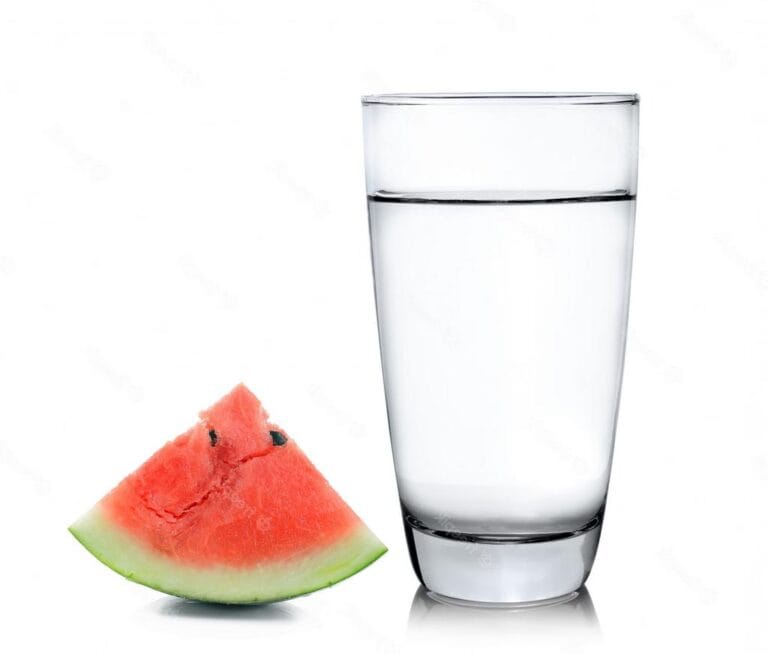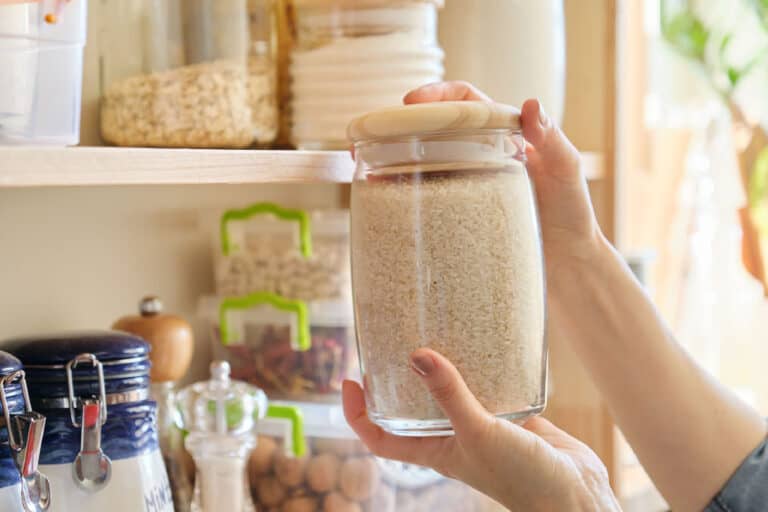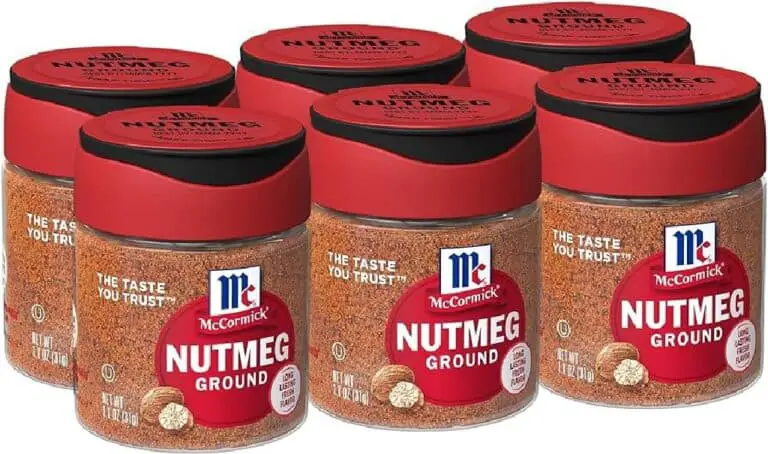Can You Eat Olive Oil Without Cooking It? Exploring the Benefits

Olive oil is a beloved ingredient in kitchens worldwide, renowned for its rich flavor and health benefits. Often used in cooking, sautéing, and baking, this versatile oil is celebrated for its heart-healthy monounsaturated fats and antioxidants. But have you ever wondered if you can enjoy olive oil without heating it?
Imagine drizzling a high-quality extra virgin olive oil over your salad or dipping your fresh bread into it—sounds delicious, right? Olive oil can be consumed raw, adding a burst of flavor and a nutritious boost to your meals. But is it safe and beneficial to do so? Exploring this question can reveal the surprising uses and benefits of incorporating raw olive oil into your diet.
By reading this article, you will gain insights into the advantages of consuming olive oil without cooking it, how it impacts its nutritional value, and tips for incorporating it into your meals effectively. Understanding these aspects will help you make the most of olive oil’s health benefits and elevate your culinary experience.
Can You Eat Olive Oil Without Cooking It?

Yes, you can eat olive oil directly without cooking it. Olive oil is an excellent source of healthy fats. Olive oil can be used for cooking and it can also be eaten raw (without cooking). As you will learn in this article, olive oil contains antioxidants that help fight oxidative stress, help prevent diseases, and it has anti-inflammatory properties.
What Are the Health Benefits of Eating Raw Olive Oil?
Eating raw olive oil can help you improve your health in many ways due to its chemical composition. Olive oil contains mainly Monounsaturated Fatty Acids, polyphenols, sterols, vitamins, and minerals. We are going to briefly discuss them in the following paragraphs.
Fats are a good source of energy, required for your daily activities and to create cell structures and even hormones. It is recommended that about 20 to 35% of your daily calories be provided by high quality fats, such as monounsaturated fatty acids.
Moreover, fats can exert some satiety after eating. Therefore, if you combine olive oil with other foods like salads (source of fiber, which also gives you satiety) it can be helpful to reduce your calorie intake, helping for weight management.
One of the main components of the monounsaturated fatty acids of olive oil is Oleic acid, approximately 66 – 80 % of all monounsaturated fatty acids from olive oil is from oleic acid. This fatty acid is linked to good cardiovascular health.
Oleic acid has anti-inflammatory activity that reduces vessels’ inflammation, and your blood levels of LDL-cholesterol (the bad cholesterol). Moreover, it is associated with reducing oxidative stress, which can be helpful to prevent some types of cancer.
Furthermore, omega-3 fatty acids from olive oil can exert neuroprotective activity, helpful to prevent degenerative diseases like Alzheimer’s and Parkinson’s.
The antioxidants present in olive oil like polyphenols and sterols are helpful to reduce your risks of cardiovascular diseases, diabetes, and obesity.
Olive oil is also good for digestion and overall digestive health, in fact, it is a good natural reliever for constipation. A study conducted by Morvaridi et al. demonstrated that eating 50 ml of raw olive oil drizzled in meals (along all day) for 20 days alleviate symptoms from colitis such as:
- Abdominal inflammation and bloating
- Constipation
- Fecal urgency
- Incomplete defecation
Things to Consider When Eating Raw Olive Oil
When incorporating raw olive oil into your diet, the quality of the oil is crucial. High-quality extra virgin olive oil is ideal as it retains more of its natural antioxidants and healthy fats compared to lower-grade options. Look for oils that are labeled “extra virgin,” have a dark glass bottle to protect from light, and come from reputable sources to ensure freshness and purity.
Portion control is another important factor. While raw olive oil is beneficial, it is also calorie-dense. Consuming it in moderation is key to balancing its health benefits with your overall calorie intake. Typically, a tablespoon per meal is sufficient to enjoy its flavor and health properties without overloading your diet with extra calories.
Additionally, some individuals may experience digestive issues when consuming raw olive oil. Its high fat content can lead to discomfort or gastrointestinal upset in sensitive individuals. If you’re new to incorporating olive oil into your diet, start with small amounts to gauge your body’s reaction.
How to Incorporate Raw Olive Oil in your Diet?
The best way to incorporate raw olive oil in your diet is drizzling it in salads, pizza, or meats. However, you can enhance the flavor of the olive oil by infusing spices or garlic in it. Spices like basil, oregano, and peppers are common to modify olive oil flavor.
Moreover, you can make vinaigrette with olive oil, or even cook your food with it. Olive oil is very stable at mild cooking temperatures (<180 °C), so you can use it for sauteing meats or vegetables.
| Also read: Can You Safely Cook with Olive Oil in a Cast-Iron Skillet? |
What Happens When You Cook Olive Oil?
Fats are susceptible to break down and go on different chemical conversions when they are exposed to high temperatures, usually above 180 °C. Olive oil, despite being very stable, is partially degraded when you use it for cooking.
The partial degradation of olive oil during cooking causes chemical reactions that lead to formation of toxic components like acrolein and E,E-2-4 decadienal; these chemicals are linked to diseases like cancer and diabetes.
Furthermore, the antioxidants of olive oil are very sensitive to heat and they can be degraded, and therefore, their nutritional properties will be lost.
Don’t be scared about using olive oil for cooking, here are a few tips to reduce the degradation of olive oil and to reduce the probability of create toxic chemicals:
- Keep the temperature of oil below 180 °C while cooking.
- Try to cook your food in approximately 1 hour, the more time you take the more degradation of the oil.
- Never reuse your oil. Oils are also sensitive to oxygen, if you do not discard the oil after cooking and then you reheat it, you will be eating degraded and oxidized oil (with more toxic components).
What Is the Nutritional Value of Olive Oil?
According to the United States Department of Agriculture (USDA) a 15 ml of olive oil contains:
- Calories 120
- Total Fat 14 g
- Saturated Fat 2 g
- Polyunsaturated Fat 2.3 g
- Monounsaturated Fat 10.58 g
- Trans Fat 0 g
- Total Carbohydrates 0 g
- Dietary Fiber 0 g
- Sugar 0 g
- Cholesterol 0 g
- Sodium 0 g
- Potassium 0 g
- Protein 0 g
What are the Potential Drawbacks of Eating Olive Oil?
One of the potential drawbacks of eating olive oil is weight gain due to the high amount of calories; it contains about 120 calories per tablespoon.
Therefore, you should adjust your intake of olive oil according to your personal requirements for fats.
If you do not know what your fat’s requirement is, you should look for professional advice from a nutritionist; he or she will adjust all your macronutrient requirements.
In very rare cases, olive oil can produce acute allergic reactions to people that are sensitive to olives. The symptoms of an allergy may include blackheads, inflammation, skin rashes, and even diarrhea.
If you suspect allergic reactions to olive oil, the best option is avoid olive oil in your diet, if so, you can opt for other healthy fats like avocado.
| Read: Is Your Olive Oil Turning Your Wood Rancid? |
References
- Lozano‐Castellón J, López‐Yerena A, Domínguez‐López I, Siscart‐Serra A, Fraga N, Sámano S, et al. Extra virgin olive oil: A comprehensive review of efforts to ensure its authenticity, traceability, and safety. Comprehensive Reviews in Food Science and Food Safety, 2022;21(3):2639-2664.
- Munekata PES, Pérez-Álvarez JÁ, Pateiro M, Viuda-Matos M, Fernández-López J, Lorenzo JM. Satiety from healthier and functional foods. Trends Food Sci Technol, 2021;113:397–410.





